Oral thrush
Oral thrush causes thick white plaques to grow on the inside of the cheeks or tongue. Occasionally oral thrush can go on to infect the roof of the mouth, tonsils, gums or the back of the throat. It is most likely to occur in babies, toddlers, the elderly and people with compromised immunity such as HIV or cancer patients. The use of corticosteroid asthma inhalers or oral corticosteroids also increases the risk of oral thrush.
Breast-feeding babies may have thrush with few symptoms. They may infect their mother’s nipples causing nipple redness and soreness. If your baby is a fussy unhappy suckler, check the possibility of oral thrush. Treatment for babies and children may be as simple as a probiotic powder, or for older children the addition of natural acidophilus yoghurt to the diet. Sometimes antifungal lozenges, tablets or mouthwash may be needed.
Vaginal thrush
Around 75% of women will experience the discomfort of vaginal thrush at least once in their lives. It occurs when an imbalance between the normal microorganisms in the vagina occurs, Candida overgrows and causes symptoms.
Thrush is common, and can be infuriatingly difficult-to-treat. Symptoms include vaginal itching, burning, redness, and sometimes a thick cottage-cheese-like vaginal discharge. Pain with intercourse and passing urine commonly occurs.
A healthy vagina has an efficient self-regulating system that maintains a slightly acidic pH, which effectively prevents the proliferation of troublesome yeast or bacteria. The vagina, gut and mouth are also home to “friendly” bacteria, in particular Lactobacilli, which help to balance the pH. If the acidity and bacterial balance in the vagina or mouth is upset then thrush may develop. Around ovulation and during menstruation the vaginal pH becomes naturally more alkaline, and so many thrush sufferers find they are especially prone to an outbreak at these times. Pregnancy also increases vaginal alkalinity, as does use of the oral contraceptive pill.
Candida infection can follow a course of antibiotics and is common in people with diabetes or low immunity, such as HIV infection. Stress may be a precipitating factor. Antibiotics kill the gut and oral bacteria, indiscriminately, wiping out friendly and unfriendly bacteria alike. Once the friendly bacteria have been killed in sufficient numbers, the candida yeast gets a chance to grow unchecked.
Prevention and treatment
1. Antibiotic self defence
If you have to take antibiotics, include plenty of “live” foods in your diet such as lactobacillus acidophilus yoghurt, or any of the cultured health drinks now available. It may also help to take high-potency probiotics throughout the course of antibiotics, and for another 2–3 weeks after. If you are especially prone to thrush it may be worth using a short course of antifungal vaginal pessaries at the same time as your antibiotics to prevent thrush problems.
2. Yeast loves sugar
Stay well away from sugars and refined carbohydrates if you are fighting a thrush infection, or if you are prone to developing thrush. This includes all obvious sugars such as cakes, biscuits, lollies, chocolate, snack bars and commercially processed foods with added sugar (breakfast cereals, sweetened yoghurts, baked beans etc).
Even supposedly “healthy” sugars such as fruit juice, honey and dried fruits can give candida the energy source it needs to flourish. Other foods that feed yeast include yeasted bread, mushrooms, vinegar, sauces and pickles containing vinegar, nuts and seeds, melons, and the biggest “no-no” of all….. alcohol. Cranberry juice and yoghurt are two foods that taken regularly may help prevent thrush occurring.
3. Stay cool and dry
Candida loves a damp warm environment. Wearing tight jeans or nylon panties or pantyhose which restrict the air flow around the vagina creates just such an environment. Wear skirts or dresses with cotton pants and avoid pantyhose as much as possible. During summer months try to avoid sitting around for long periods of time in wet or damp swimming costume.
3. Personal hygiene
Is vital for overcoming or preventing thrush. Ensure that every time you have a bowel motion you wipe from the front to the back (towards the anus). This will prevent candida spores living in the gut from being transfered forward to the vagina. During sexual intercourse use a personal lubricant if necessary to ensure that there is no dryness or friction which can exacerbate thrush. Stay away from feminine hygiene products such as douches and deodorant sprays. They are unnecessary and may well add to irritation and itching.
4. Pharmaceutical help
The treatments are a course of antifungal vaginal pessaries or cream, or a single capsule oral treatment. These medicines are available either on prescription from the gp or from the pharmacy after a pharmacist consultation (vaginal thrush treatments are ‘pharmacist-only medicines’ and require a short consultation by the pharmacist before supply to a patient).






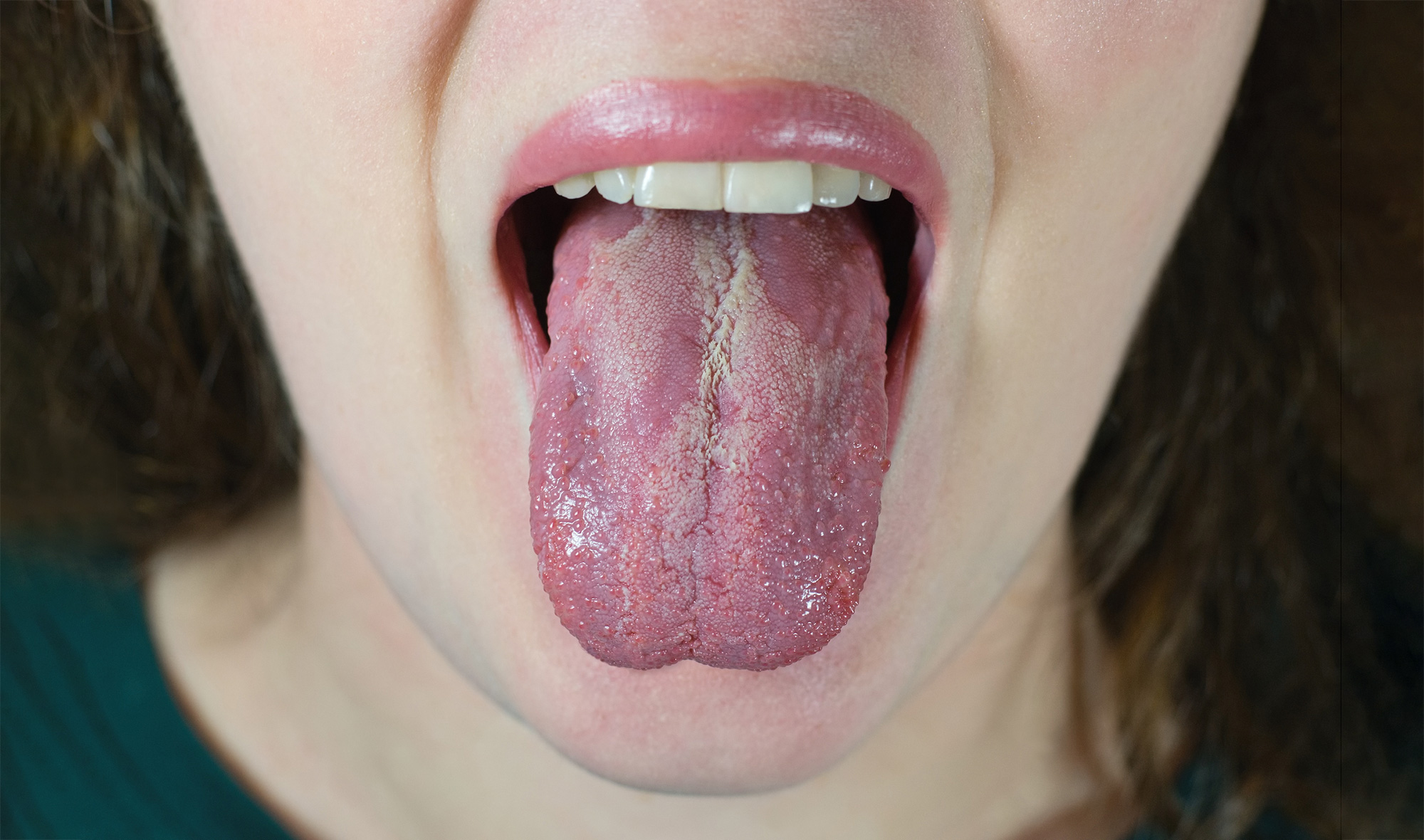


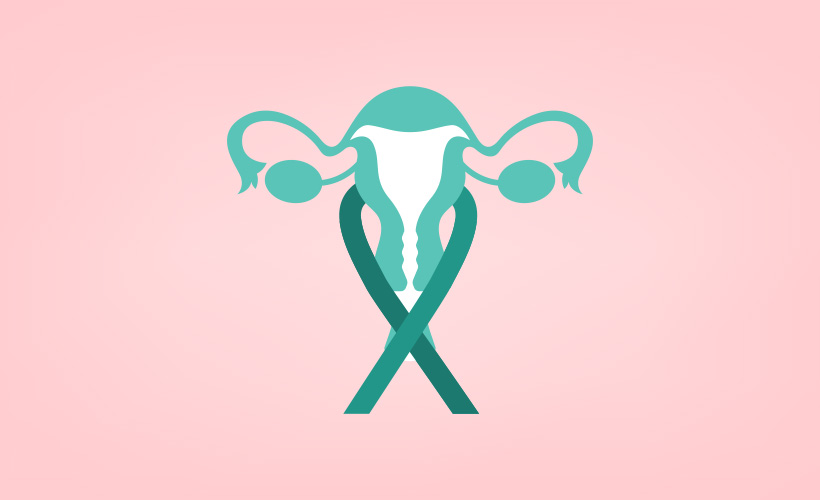
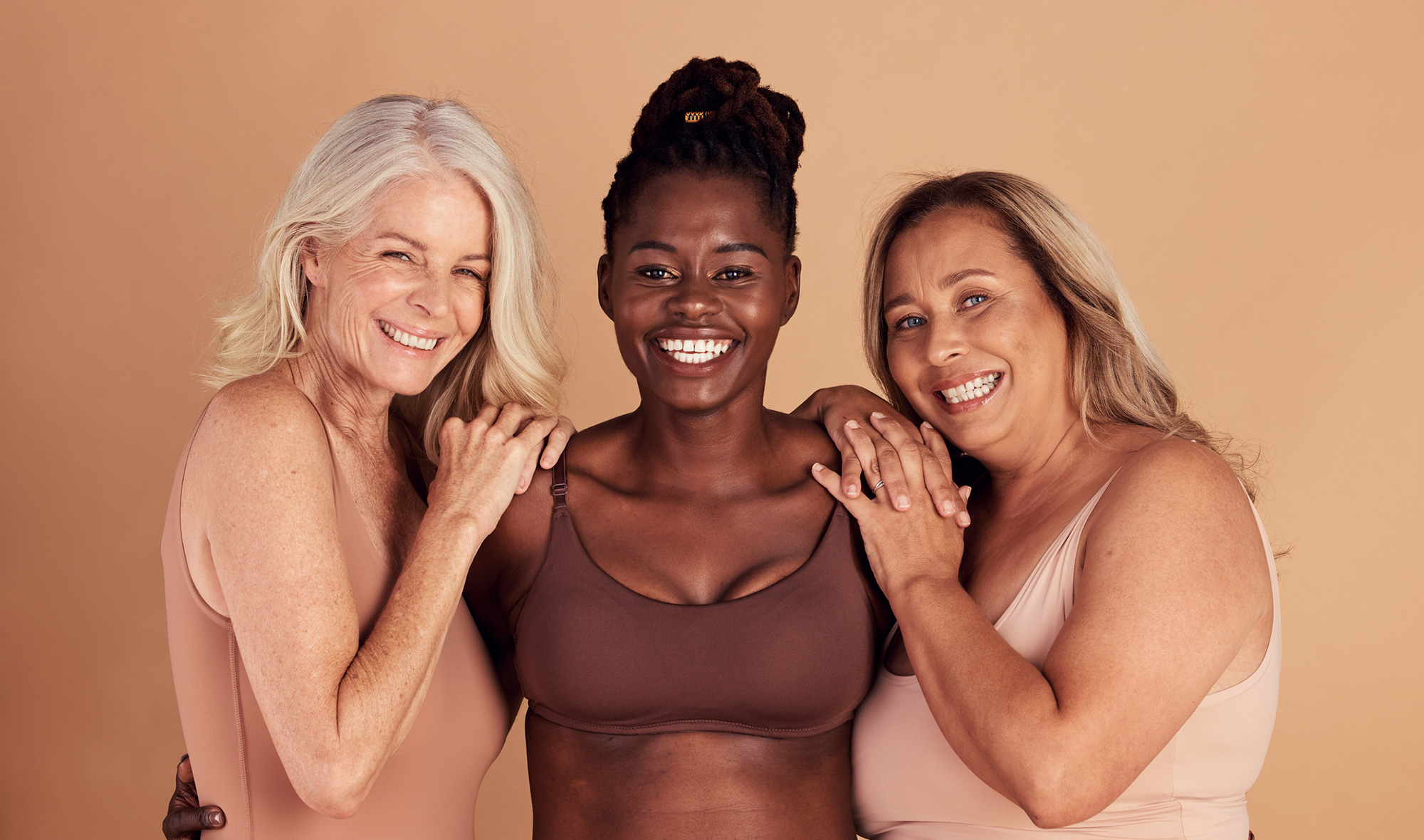


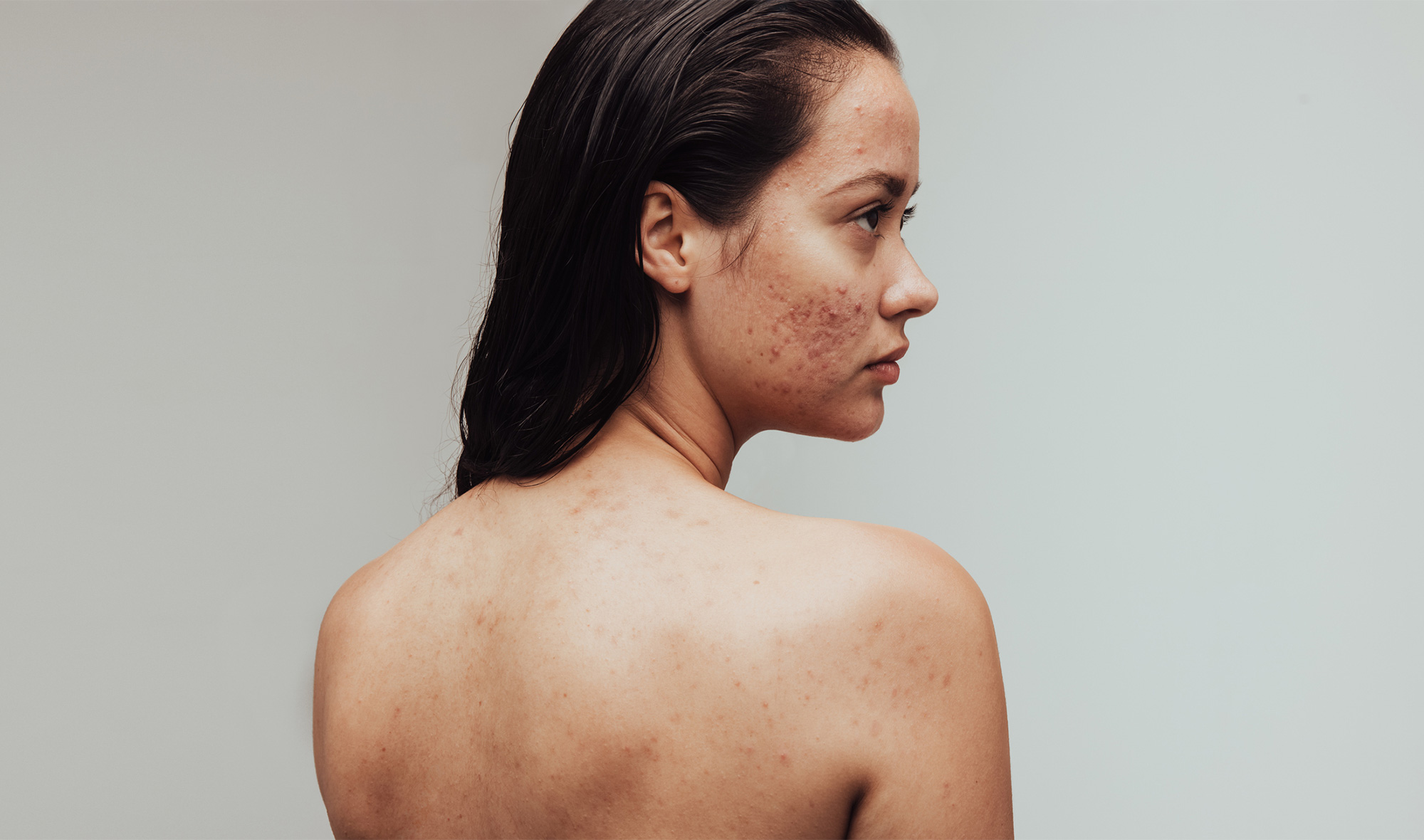
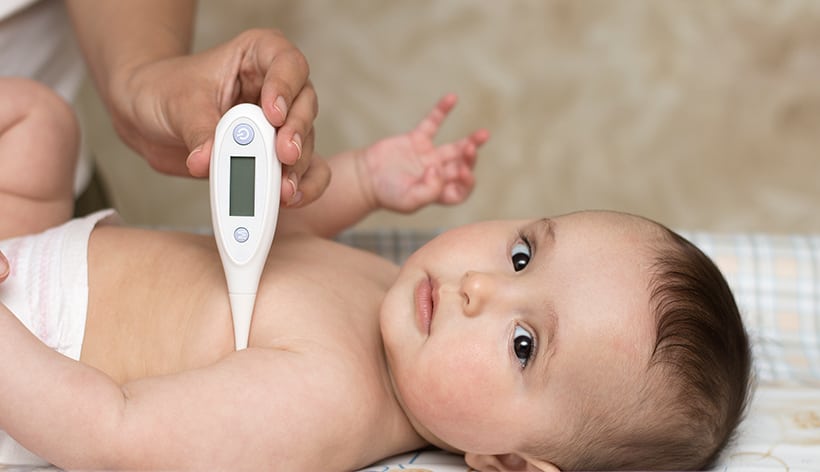
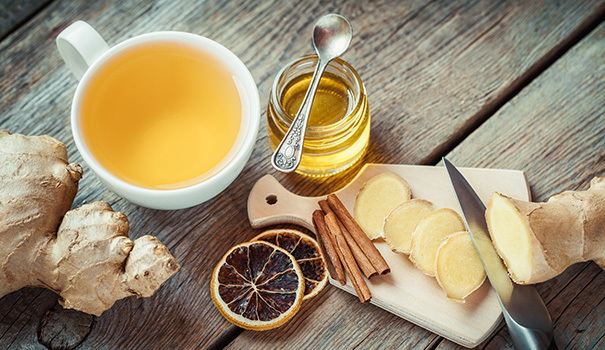

Community